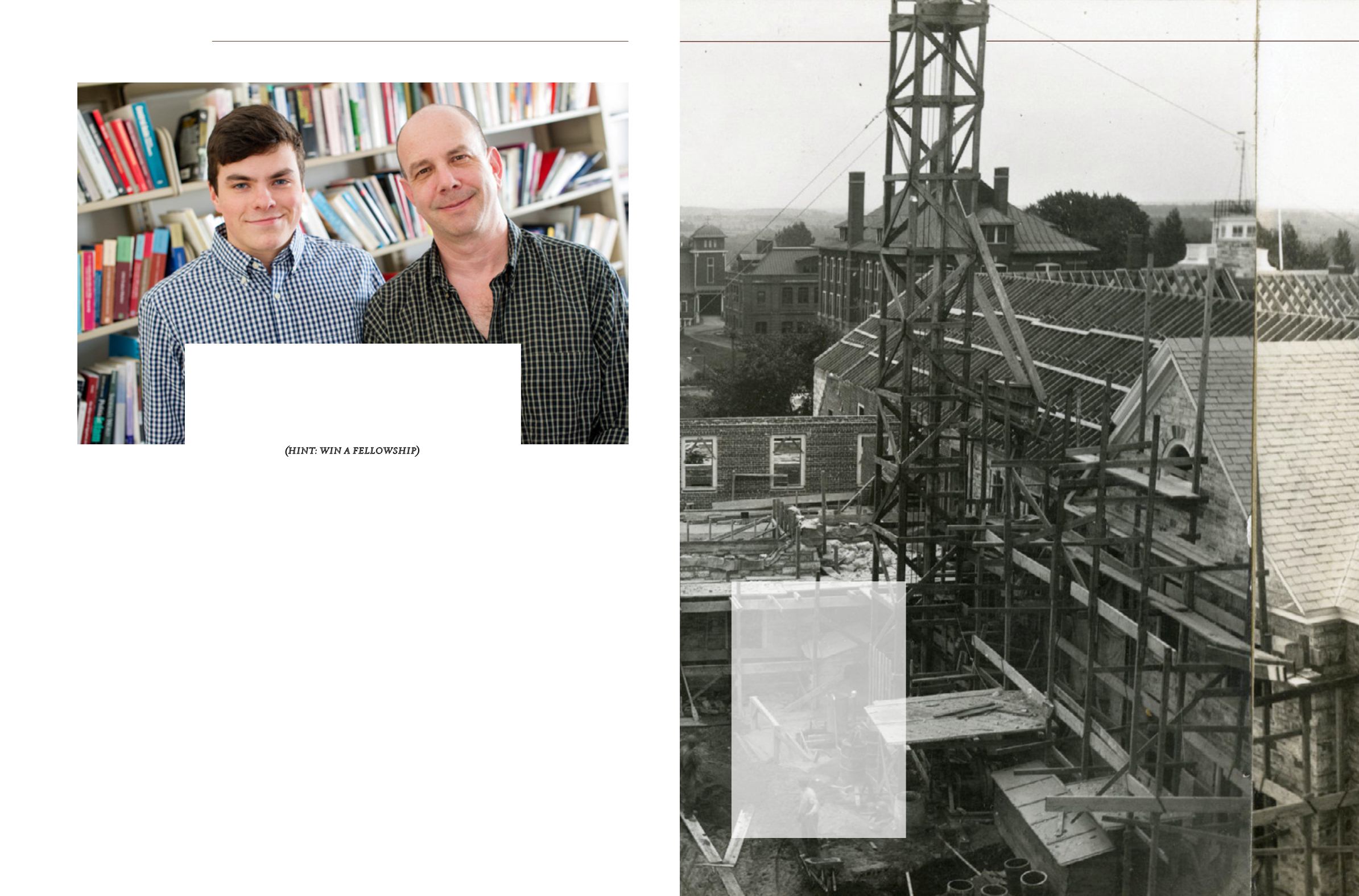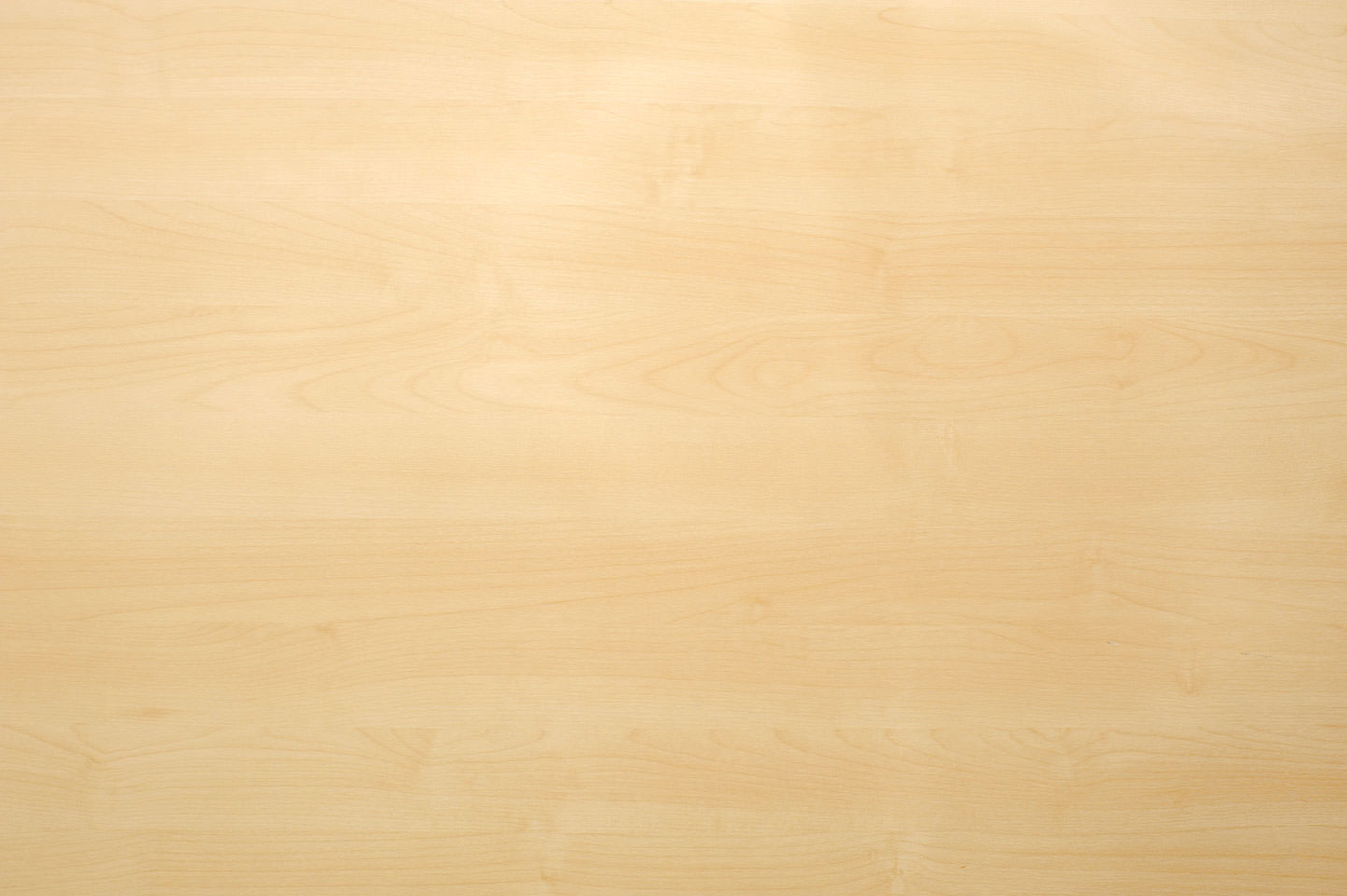

36
on campus
laurentian portrait
are stored in a special archive there. I
examined correspondence among French
officials from 1916 to 1926 concerning
the development of Lebanon. It’s crazy
how mere telegrams created a nation for
millions of people.”
All of this helped shape his senior thesis,
which he calls “an analysis of France's role
in Lebanon through the lens of a fascinat-
ing, though overlooked, French diplomat
named Robert de Caix.”
After the trip, Phil continued reading ac-
ademic articles and maintained his French
language proficiency while working with
Francophone refugees seeking asylum in
Buffalo. He acknowledges how invaluable
these hands-on experiences were, saying,
“It's great that St. Lawrence has unique
scholarships and mentorships to promote
research of uncommon topics.”
n
A writing intern in the University Com-
munications office in spring 2014, Nicole
Eigbrett is spending this year in Pittsfield,
Mass., as an AmeriCorps volunteer with
Habitat for Humanity.
working with primary sources, and it
made me feel like a true historian. Some-
times little articles revealed cool editorials
you wouldn’t find anywhere else. My eyes
were exhausted after reviewing three years
of French newspapers.”
The fellowship prepared Phil for St.
Lawrence’s France Program in fall
2013. He says, “Learning about recent
political history was one of the best
things about the summer. One of my
goals returning from France has been to
re-do my translations.”
Thanks to further encouragement from
Eissenstat and funding from the his-
tory department, Phil accomplished that
return sooner than expected. He received
the Vilas History Scholarship fund and
the Robert B. and Susan G. Carlisle Re-
search Award to spend ten days in Nantes
in late May 2014.
“As a harbor city, Nantes was where co-
lonial ships would dock between voyages,”
Phil explains. “Many of the French Minis-
try of Foreign Affairs' original documents
hil Duggan ’15 (above left)
spent summer 2013 scouring
historical archives and translat-
ing French newspapers, but
he never left Canton. He was awarded a
Daniel F. ’65 and Ann H. Sullivan Uni-
versity Fellowship, one of dozens of stu-
dents who are granted stipends to live on
campus and pursue independent research
with a faculty mentor each summer.
As a history major focused on French
postcolonial studies, Phil investigated
French newspaper coverage of the Leba-
nese Civil War.
“Assistant Professor Howard Eissenstat
(above right), my major adviser, pro-
motes fellowships and advises students
every summer,” Phil explains. “I wanted
to do scholarly work, see Canton in the
summer and meet studious people.”
Phil also worked with primary sources.
“I went to the National Library archives
in Ottawa, Canada, and scanned micro-
film for four days,” the Buffalo, N.Y.,
resident recalls. “This was my first time
By Nicole Eigbrett ’14
P
How to Study
France in Canton
(Hint: Win a Fellowship)
archives
fromthe
F
or nearly 90 years,
St. Lawrence has been
building residence halls
off and on (before that,
students mostly boarded with fami-
lies in town). Men’s Residence (later
Sykes) was well underway in this fall
1930 composite, following by five
years the first “dorm” on campus, its
all-women’s neighbor Dean-Eaton.
The structures in the distance were
all part of St. Lawrence’s Agricultural
School, today’s relocated SUNY
Canton. Still in use by St. Lawrence
are Cook (later Piskor) and Payson
Halls, both visible behind the rather
flimsy-looking derrick.
37

















